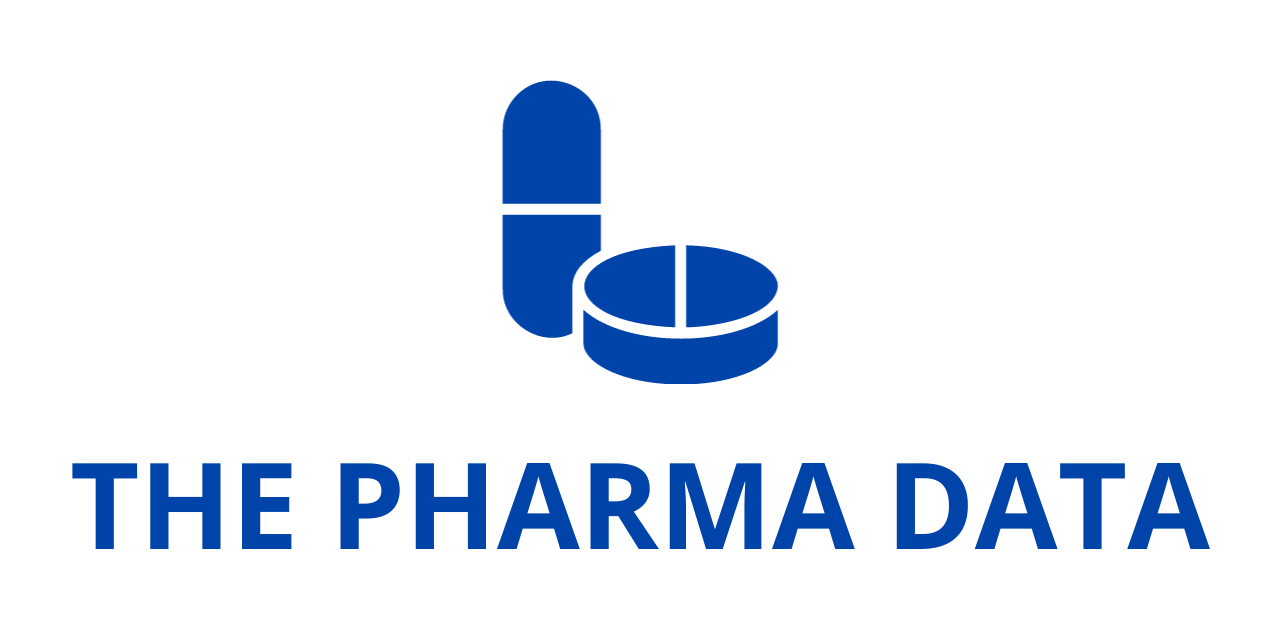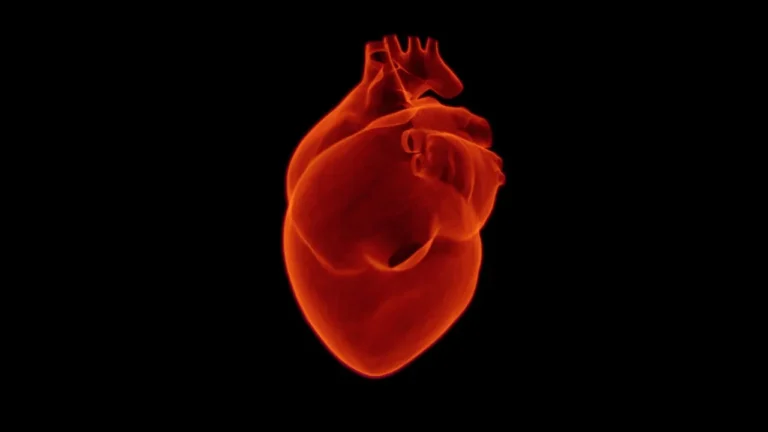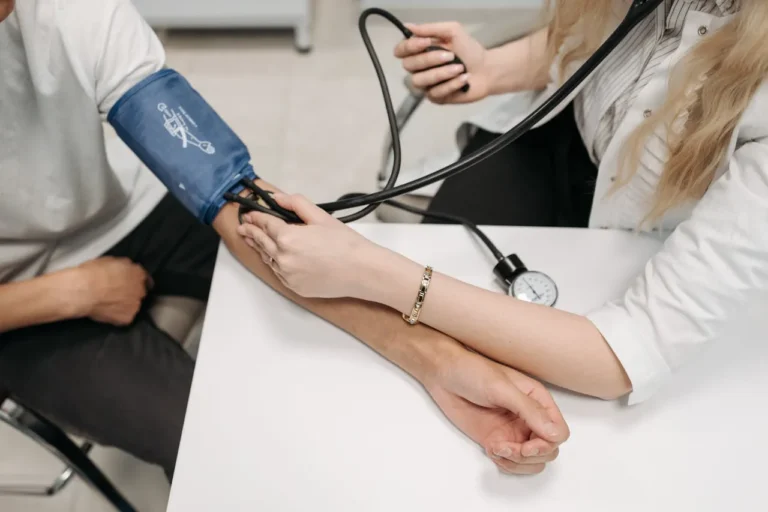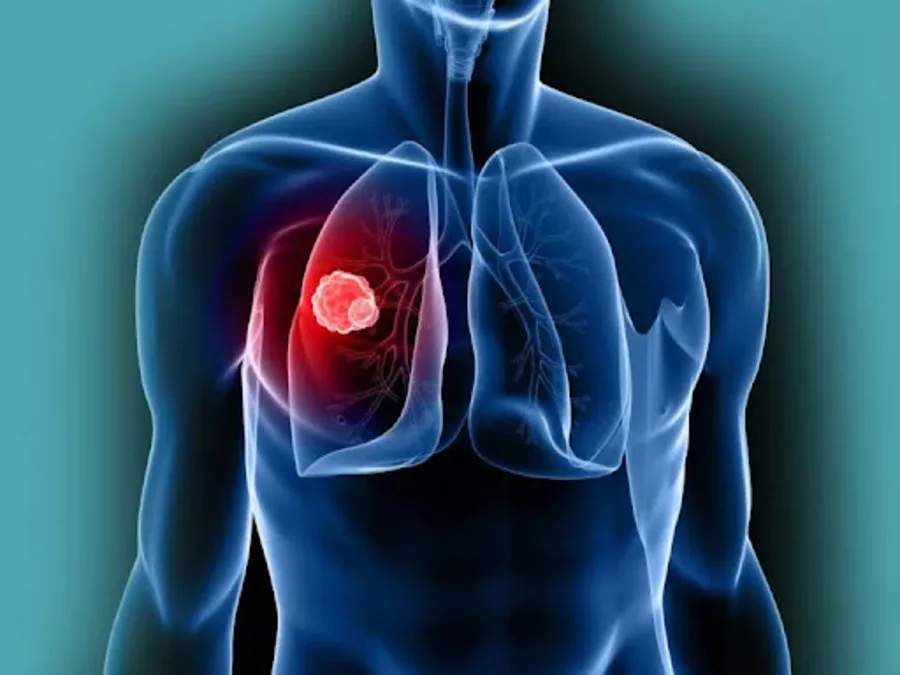
CyPath® Lung Demonstrates Diagnostic Power in Detecting Cancer Within Ground-Glass Nodules: A Case Study Highlighting bioAffinity Technologies’ Advancements in Noninvasive Lung Cancer Detection
Lung cancer remains one of the deadliest forms of cancer worldwide, accounting for more deaths each year than breast, prostate, and colorectal cancers combined. Despite advances in imaging, screening, and therapeutics, many patients are still diagnosed at later stages when treatment options are limited, and survival rates drop dramatically.
One of the most pressing diagnostic challenges in thoracic medicine is the accurate identification of ground-glass nodules (GGNs) — subtle, hazy regions on computed tomography (CT) scans that often appear indistinct compared to solid nodules. While sometimes benign, ground-glass nodules can also represent early-stage lung adenocarcinomas. Clinicians are often forced into prolonged observation strategies because imaging alone cannot clearly distinguish between indolent and malignant lesions. This uncertainty creates both emotional stress for patients and medical dilemmas for physicians.
bioAffinity Technologies, Inc. (Nasdaq: BIAF; BIAFW), a biotechnology company focused on transforming lung disease diagnostics, is addressing this diagnostic gray zone with its innovative CyPath® Lung test. The company recently released a compelling real-world case study in which its flagship product provided critical, actionable information that led to the timely diagnosis of lung cancer in a patient with difficult-to-interpret ground-glass nodules.
This case underscores the test’s clinical utility and highlights its potential to reshape the way physicians evaluate ambiguous pulmonary findings.
Understanding Ground-Glass Nodules: A Diagnostic Puzzle
Ground-glass nodules are radiologic findings characterized by hazy opacities that do not obscure underlying bronchial structures or blood vessels. They can present as:
- Pure GGNs, consisting entirely of ground-glass opacity.
- Part-solid nodules, which combine a ground-glass appearance with solid components.
From a diagnostic standpoint, GGNs are notoriously tricky for several reasons:
- Indolent Behavior – Many GGNs remain unchanged for years, raising doubts about their clinical significance.
- Mimics of Benign Conditions – Inflammatory processes, infections, or fibrosis can produce similar imaging appearances.
- PET Scan Limitations – Unlike solid nodules that frequently show metabolic activity on positron emission tomography (PET), ground-glass nodules often appear inactive, even when malignant.
- Guideline-Recommended Surveillance – Current society guidelines recommend prolonged surveillance (2–5 years) with serial CT imaging rather than immediate intervention.
While this approach prevents unnecessary surgeries in benign cases, it also carries the risk of delayed intervention in early cancers — precisely the window when curative treatment is most achievable.
CyPath® Lung: A Novel Noninvasive Diagnostic Tool
CyPath® Lung is designed to fill this diagnostic gap by providing clinicians with an additional layer of decision-making support. Unlike imaging alone, the test examines sputum samples for cellular and molecular changes associated with malignancy.
Key features of CyPath® Lung include:
- Noninvasiveness – Patients simply provide sputum samples, avoiding the risks associated with invasive biopsies.
- Actionable Results – The test categorizes findings as “likely malignant” or “likely benign,” offering clear direction for next steps.
- Complement to Imaging – When combined with CT or PET findings, the test can reduce uncertainty and allow for earlier intervention.
By identifying molecular hallmarks of cancer before imaging changes become conclusive, CyPath® Lung has the potential to accelerate diagnosis, guide appropriate referrals, and prevent years of anxious waiting for both patients and physicians.
Case Study: A Patient Journey from Incidental Finding to Timely Diagnosis
Initial Discovery
The patient, a 66-year-old woman and former smoker, initially sought medical attention for abdominal pain, suspecting kidney stones. During her evaluation, clinicians performed a CT scan. Although the abdominal scan targeted her kidneys, it inadvertently captured part of her lungs, revealing an incidental ground-glass nodule.
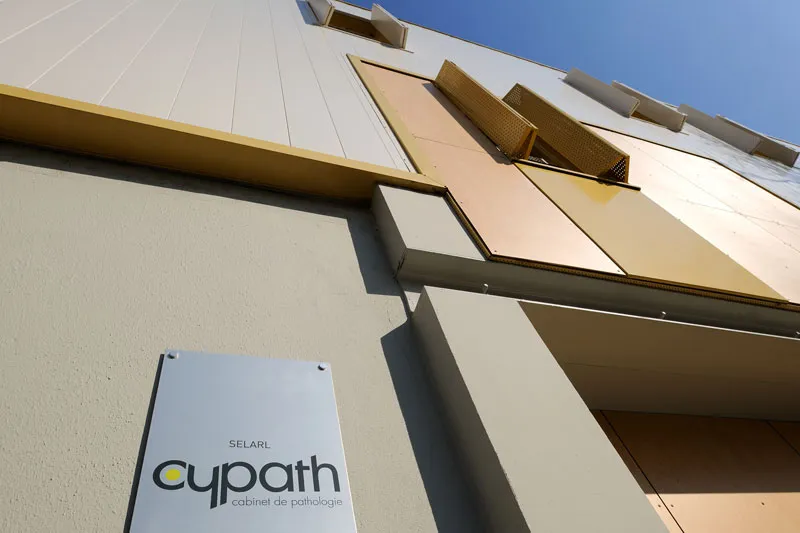
Such incidental findings are not uncommon. Advances in imaging technology and the frequent use of CT scans for unrelated conditions often bring pulmonary nodules into view unexpectedly. For many patients, this begins a long journey of uncertainty.
Further Imaging and Evaluation
To investigate further, the care team ordered a dedicated chest CT scan. This revealed multiple ground-glass nodules, with the largest measuring 13 mm. Given her smoking history, she was immediately considered higher risk for lung cancer, prompting referral to a specialized lung clinic for evaluation and risk stratification.
At this stage, the clinical dilemma was clear: Were these nodules benign and stable, or did they represent early malignant lesions requiring intervention?
The Role of CyPath® Lung
The physician ordered the CyPath® Lung test to gain additional clarity. The patient provided a sputum sample, which was analyzed using the test’s proprietary diagnostic methods. The result came back “likely malignant.”
This result shifted the clinical decision-making pathway dramatically. Instead of years of observation and uncertainty, the patient’s care team now had strong justification for immediate diagnostic intervention.
Confirmatory Diagnosis and Treatment
Armed with the CyPath® Lung results, the medical team proceeded with robotic bronchoscopy, a minimally invasive procedure to biopsy suspicious nodules. Pathology confirmed the presence of lung cancer.
Thanks to the earlier intervention guided by CyPath® Lung, the patient was quickly referred for surgical treatment — the cornerstone of curative therapy in early-stage lung cancer.
Expert Perspectives: Clinical and Corporate Insights
Dr. Gordon Downie, Chief Medical Officer, bioAffinity Technologies
“Society guidelines for ground-glass nodules recommend two to five years of watchful waiting with serial CT scans,” explained Dr. Downie. “Obviously, this can put both patients and their doctors in an uncomfortable position of balancing uncertainty against the risks of delayed diagnosis. Adding CyPath® Lung to the traditional standard of care can provide actionable results that move beyond watchful waiting to timely, potentially life-saving treatment.”
Maria Zannes, President and CEO, bioAffinity Technologies
Company leadership emphasized how this case further validates the clinical utility of their flagship diagnostic test.
“This case provides another real-world example of CyPath® Lung’s value in the evaluation of both solid and sub-solid lung nodules by providing actionable information in real time that can help direct next steps in care, reduce uncertainty and improve patient outcomes,” Zannes said.
She added: “CyPath® Lung has the potential to significantly reduce the mystery of sub-solid, or ground-glass, nodules when they show up on imaging, and both patient and physician are reluctant to delay diagnosis.”
Implications for Clinical Practic
This case illustrates several broader implications for lung cancer diagnostics and patient care:
- Reducing Diagnostic Uncertainty – By complementing imaging findings, CyPath® Lung helps physicians move beyond inconclusive scans and into more definitive decision-making.
- Minimizing Patient Anxiety – Patients facing years of surveillance endure significant psychological stress. Providing answers sooner can improve quality of life even before treatment begins.
- Optimizing Resource Utilization – Earlier intervention can reduce the costs associated with repeated imaging and follow-up visits.
- Enabling Earlier Treatment – Detecting malignancy at a stage when surgical resection is still possible significantly improves survival rates.
- Potential Shift in Guidelines – If validated in larger populations, the integration of molecular diagnostics like CyPath® Lung could reshape guidelines around the management of ground-glass nodules.
The Broader Landscape of Noninvasive Lung Cancer Diagnostics
While low-dose CT (LDCT) screening has become a powerful tool for early detection in high-risk populations, limitations remain, particularly in distinguishing benign from malignant nodules. This has fueled a surge of interest in complementary diagnostic tools such as:
- Liquid Biopsies analyzing circulating tumor DNA.
- Proteomic Profiling of blood samples for cancer biomarkers.
- Molecular Imaging techniques under investigation.
CyPath® Lung fits into this emerging ecosystem as a sputum-based test that leverages biological changes detectable before conventional imaging provides clarity. Its potential lies not in replacing imaging but in enhancing diagnostic accuracy and confidence.
bioAffinity Technologies: Company Vision and Future Directions
bioAffinity Technologies is committed to advancing the science of noninvasive diagnostics across a spectrum of lung diseases. While CyPath® Lung currently focuses on lung cancer, the company envisions expanding its platform into other pulmonary conditions where early detection and differentiation are equally critical.
The company’s broader mission includes:
- Improving Patient Outcomes through earlier, more accurate detection.
- Reducing Healthcare Costs by minimizing unnecessary procedures and prolonged surveillance.
- Empowering Physicians with tools that improve decision-making confidence.
As more real-world evidence accumulates, bioAffinity aims to strengthen CyPath® Lung’s role as a standard component of the lung nodule evaluation workflow.
Moving Beyond Watchful Waiting
The story of the 66-year-old patient underscores the tangible impact of innovative diagnostics like CyPath® Lung. By transforming ambiguity into actionable insight, the test enabled physicians to identify cancer earlier and guide the patient toward timely surgical treatment — potentially saving her life.
In the ongoing battle against lung cancer, where early detection is critical, CyPath® Lung represents a meaningful step forward. For patients with ground-glass nodules and their physicians, it offers not just information but peace of mind — and, in some cases, a second chance at life.
